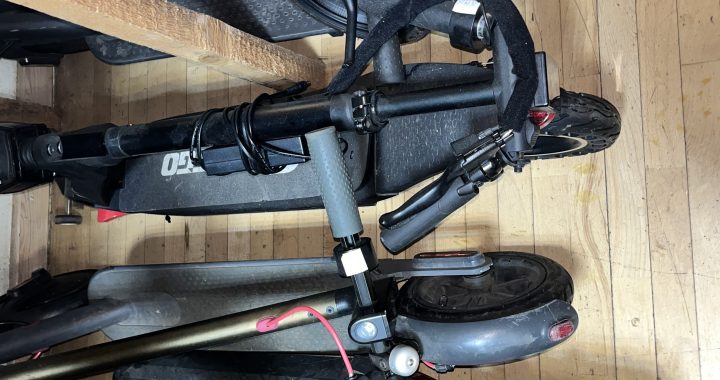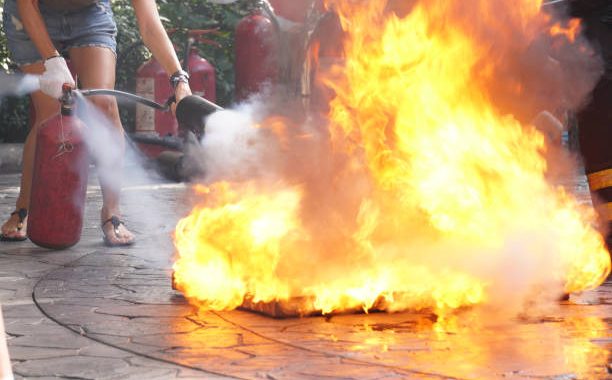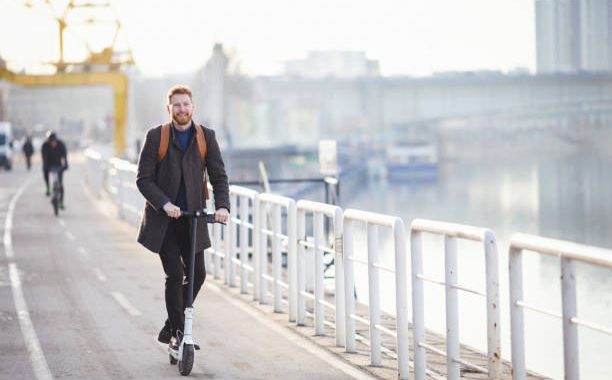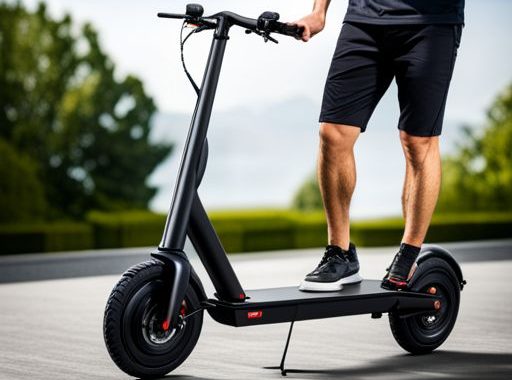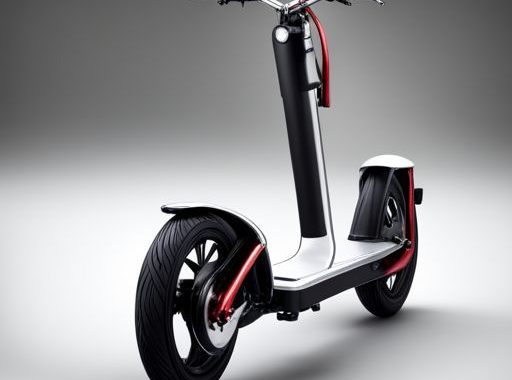Electric scooters, which have rapidly become popular in Lithuania, bring not only convenience but also some risks. One worrying factor is the increasing number of accidents related to the use of these vehicles.
According to Raimonds Bieliauskas, Head of the Vehicle Claims Administration Department at ERGO, a number of incidents have been registered in which both scooter drivers and other road users have suffered. The causes of accidents are varied, but are often linked to careless driving.
In recent months, ERGO has recorded more than 20 cases of injuries caused by riding electric scooters. The consequences range from facial and dental injuries to open fractures. Some of the incidents are attributable to the carelessness of the scooter drivers, others to the fault of the car drivers.
There have even been fatal accidents abroad, where electric scooters are also very popular. In Sweden, for example, a tragedy occurred when a scooter rider was killed in a collision with a car. As a result, some countries, such as the UK, Germany, Spain and France, are considering stricter rules on the use of electric scooters. France is already planning a ban on sidewalks, while Germany and Barcelona are taking stricter regulatory measures.
In Lithuania, you can use an electric scooter on pavements, carriageways and cycle paths. However, not all drivers obey the rules of the road. Bieliauskas stresses that it is not only important to follow the rules, but also to wear safety equipment, especially for children. Safety should also be taken into account when riding with young children.
According to the expert, it would also be useful for adults to wear helmets and other protective equipment to avoid serious injuries. The most important thing is to always protect yourself and other road users, remembering that safety comes first.

